it’s 2003 and film is still King but the slide towards Digital dominance was starting. Consumer digital cameras were becoming the norm rather than a rarity. And S3000 was the latest of Fujifilm’s budget bridge numbers. But 17 years later is it worth a gander as budget bridge ?
Fujifilm goes digital
Like its rival Kodak, Fujifilm had joined the digital race long before. The 2 companies had a near monopoly on the colour film business due to the complexities involved. They made money on every roll they sold and for both film was their dominant money spinner.
But neither company controlled the media in the digital era (although as we’ll see Fujifilm tried to). And although they had expertise in making cameras in the digital age they weren’t just competeing against themselves nor the established camera makers. With little complicated mechanical parts it was easy for any company to make a digital camera from mass produced OEM parts. Many of these new rivals were elctonic companies like Sony, Casio, GE, HP, Panasonic etc all whom had years of sharpening their effectiveness and efficiency at making electronic devices.
But even at the start of this century film sales were still growing. The peak didn’t actually arrive until the 2001. And although sales had declined a little by 2003 when the S3000 arrived the massive decline of 20-30% per year that would follow was not obvious.
Different Ends ?
Kodak fared worse. It’s not that it didn’t sell digital cameras. It was for a time the number one digital camera manufacture in the US. In 1999 had 27% share of worldwide camera sales. But at points Kodak was losing money for every camera sold. Kodak also attempted to tie users into their software and digital print services. Even if these divisions had been more successful, Kodak grossly missed the rise of the smartphone. Arguably the death nail in Kodak’s coffin with the company filing for bankruptcy in 2012
Fujifilm fared better. It better appreciated the move to digital but also restructured earlier and diversified its interests. They are a major player in coating films used on TV and other big LCD screens for example. But ironically it is their diversified photo imaging division that has done best in recent years with sales of instax film and products dwarfing the revenue from their flagship X series.
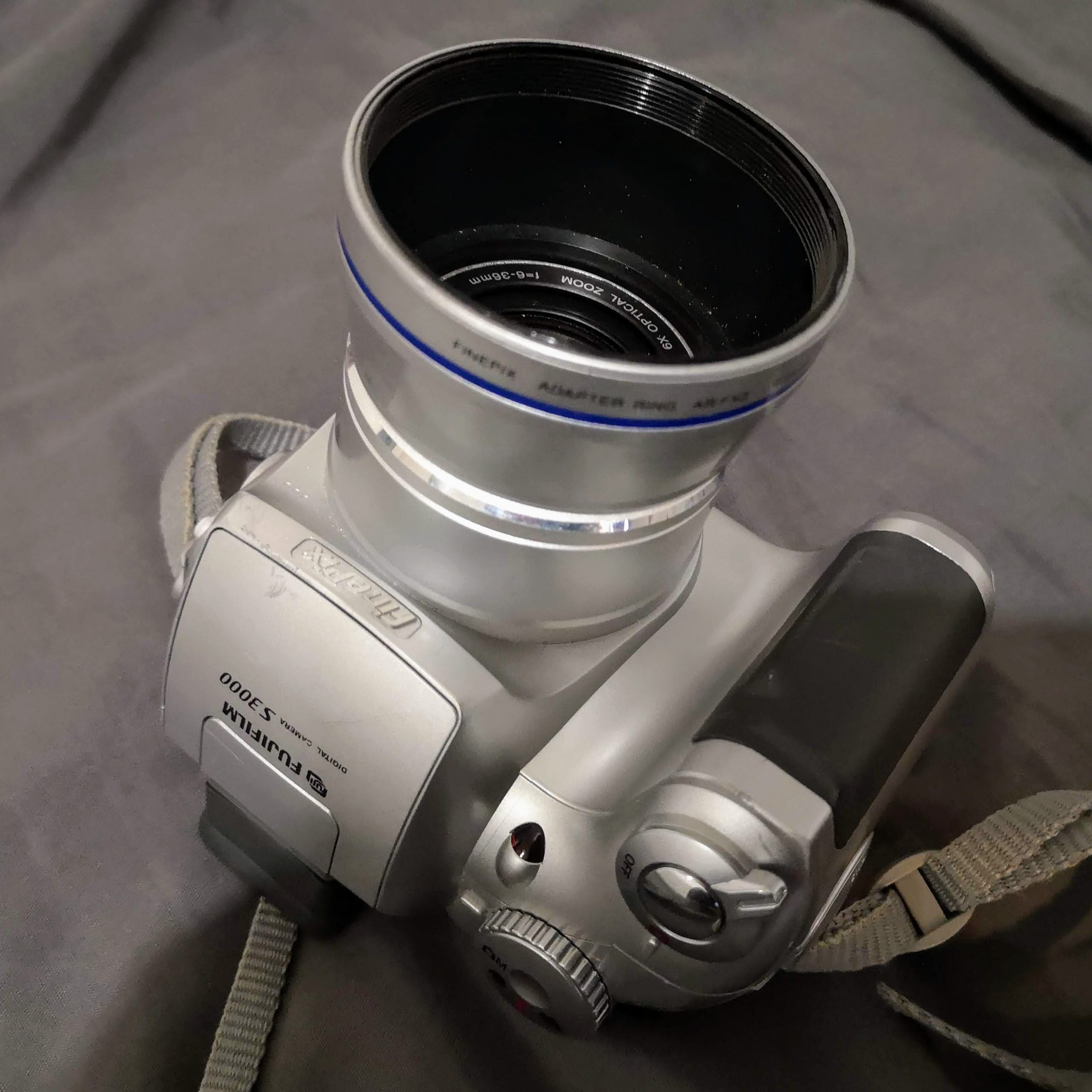
That a FinePix you’ve got me into
Fujifilm started branding pretty much all of their digital camera output with the FinePix name from around 2000. That’s until the past few years when the company has reduced making cameras due to the impact of the smartphone. The X and G series cameras do not carry the moniker (although the original X series camera was the FinePix X100). But the XP series of rugged waterproof compacts still carry the Finepix moniker.
Before the rise of the smartphone the FinePix range was vast. Going from the supermarket shelved entry level A cameras right up to the X100 and the Professional dSLR S series. Excluding S Pro dSLRs, the Finepix S series (along with the later SL series) is best known for Bridge cameras.
FinePix S3000

Launched in late 2003, This was the successor model to the S3800. Yeah go figure ! Fujifilm have one of the most bizarre numbering of cameras known. Like its predecessor it is a 3.2MP bridge camera with a X6 zoom.
Selling at a whopping list price of $399.99 USD when launched. I Blagged mines for £5.99GBP before postage and most sell for between £5-20 although one lucky sod recently got both a S3000 and a S3800 in working order for less than I paid
Build
It a plastic body affair and to my knowledge only come in a now naff shiny silver with a rubberised handgrip. The S3000 has a typical miniaturised SLR bridge camera look. The lens protrudes markedly when set to take photo. The Lens hood the camera comes with covers this and also allows you to lens cap the camera, use filters or optional macro/tele lenses. It has a 55mm filter thread. The actual lens barrel does not move when extended. Internal optics do move to zoom.
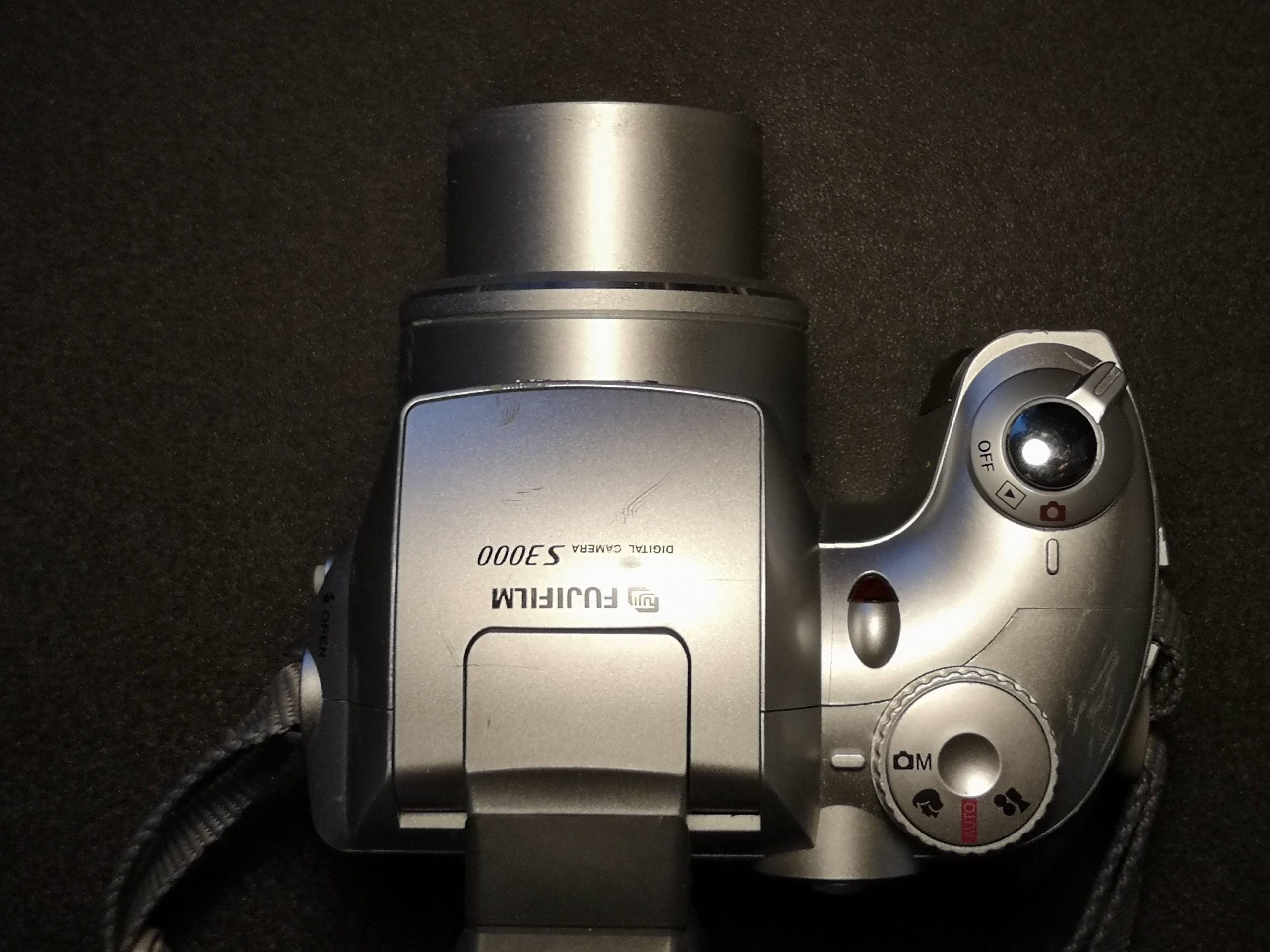
It’s light but no exceptionally so and reasonably well balanced for single handed showing. This one has scuffing but the plastic still feels firm with no cracking after 17 years.
Sensor and Lens
It uses a 1/2.7″ CCD sensor and shoots in a 4:3 format.
Lens was 6-36mm 1:2.8-3 (equivalent to a 38-228mm zoom in 35mm). That doesn’t sound much today by current compact let alone bridge standards but back in 2003 you were lucky if your compact offered more than a x2 zoom. Lens construction aren’t in the manual nor can I find them elsewhere. The focus seems to be single point but AF lock was available. In normal mode you can focus from 0.8m to infinity but in macro you can go down to 0.1-0.8m.
Metering
There’s good and bad news with the metering. You get a whooping 64 metering points in the TTL and a choice of 7 white balance settings if you think AWB is getting it wrong. Shutter is more pedestrian at 1/4-1/500 in auto mode although it can go slower in night (3sec)and manual (1/2 sec) modes. For the time this isn’t unusual though.
The problem is the ISO. We’re basically stuck at 100ISO except weirdly when you use flash (then 100-200 ISO). This is a big problem as we’ll see.
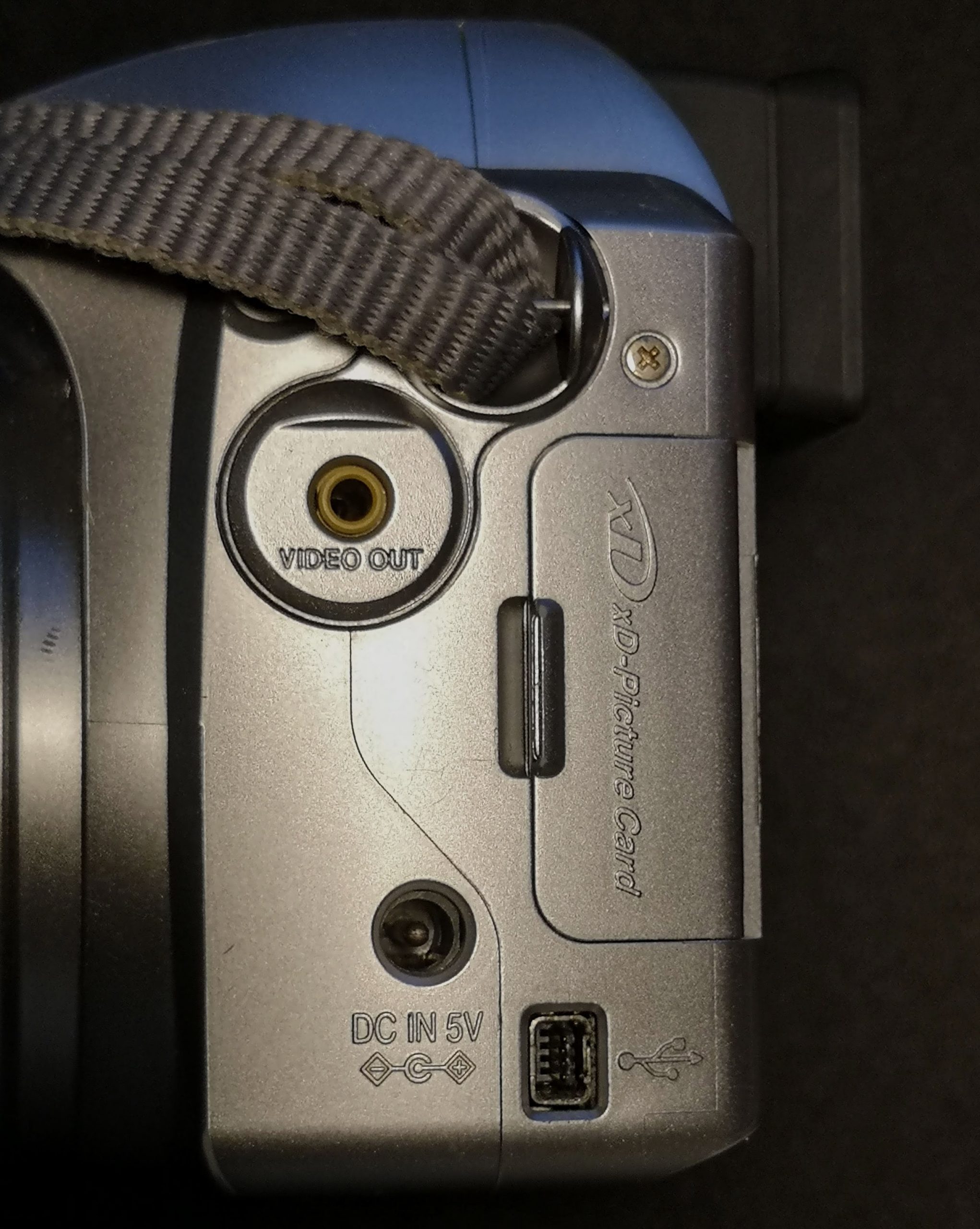
Storage
Storage is bloody bad news too. The camera uses xD-picture cards which was Fujifilm and Olympus attempt at doing a proprietary card. Launched in 2002 but effectively dead as a format a decade ago when both moved away from xD to the more widely used rival SD format. The good news is these cards are still available new but per MB are much more expensive. You can by a branded 32Gb SDHC for about £6-10 whereas the biggest xD card (2Gb) will set you back over twenty quid new. The cards are derived from smartmedia cards and as such are not as fast nor wear as well as SD cards.

You can buy micro SD to xD convertors but be aware there seems to fit and combability issues. Smaller capacity (512MB or less) second hand cards can be bought for a few quid (again at a premium per MB) but be aware their lifetime is less than a SD card. The camera’s manual mentions support up to 512MB but I don’t know if that was just because 512MB was as big as they went in 2002 and I don’t have bigger cards.
Flash and Power
Built in manual pop up TTL flash. Has a range of 0.3-3.5m at wide (0.8-3.5m tele). When open it offers auto, red eye reduction, forced on, slow sync and red eye reduction + slow sync. These are all selectable in auto or manual modes. The manual also refers to suppressed flash – aka forced off. This happens in some scene modes or by simply closing down the flash

Power is by 4xAA batteries. Alkaline batteries have a predicted 350-400 shot life . Ni-MH batteries work and offer a slightly longer lifespan. An accessory DC power supply was available
Viewfinders
You get both a rear LCD panel and a electronic viewfinder EVF. The LCD monitor is 1.3″ and a lowly 62,000 pixels where as the EVF is 0.33″ and has 110,000 pixels. You must switch between the 2 by pressing button on the rear. Neither screen articulates which is a shame. But this is not surprising for the age and price range
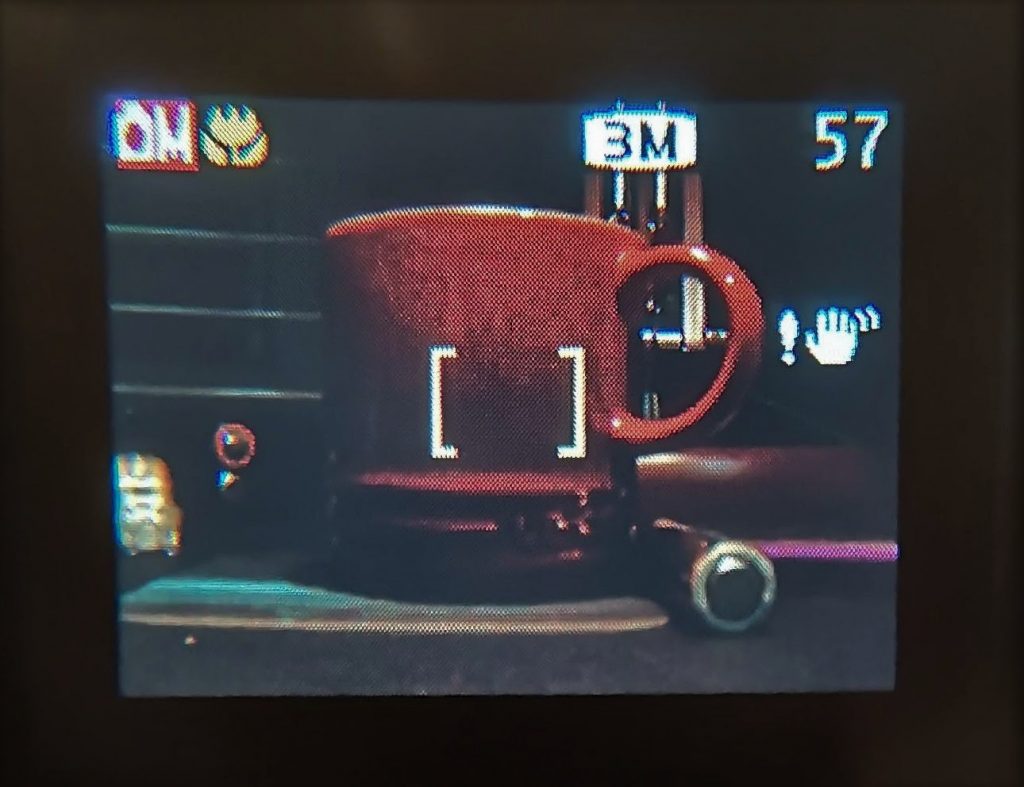
The EVF has a cool blue/green cast in preview mode but seems more balanced in playback. It is low res by modern standards and has no diopter correction but okay to use.

Both show the same info. Along the top you get icon for camera mode, resolution and remain frames/video time in all modes. You also get a shake warning. Additional icons appear when using flash (outside auto) or adjusting setting in manual. These don’t display a value, just a reminder you’ve tweaked.

Modes
Camera has 2 mode settings. Around the shutter button the on/off ring moves to playback then shooting mode. behind sits a 4 setting mode dial. You get video, auto, scene and manual modes.
Auto is the default shooting mode with more limited features. Video allows you shoot up. It only offers a paltry maximal 320×240 resolution so forget 4K, HD or even SD here. Nor is there any sound !!
The scene mode requires you to access the menu button on rear to select between 5 modes Portrait (default), Scene (aka landscape), sports, night and continuous mode. An option to select one of these does not appear in viewfinders so you can easily miss if you don’t RTFM.
Manual offers limited wider range of controls. You get EV compensation (± 1.5), WB selection, Flash adjust but you also get Aperture priority. The latter limited to just 3 settings (at wide f/2.8, 4.8 and 8.4).
A button on the joypad accesses macro mode separately.
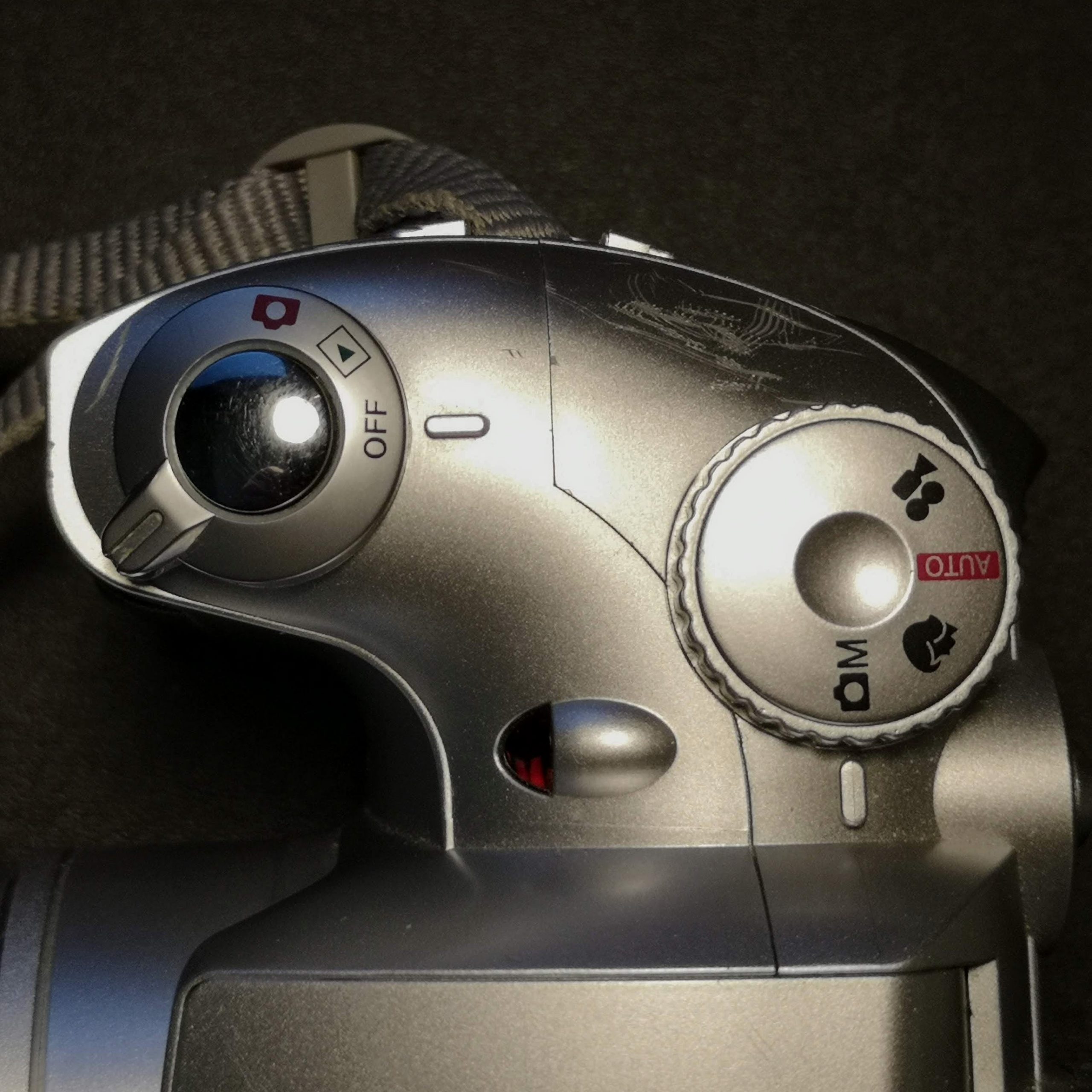
Control layout
As mentioned you have the on off collar around the shutter button with a settig for playback and for shooting. behind is the mode dial.
On the rear you’ve the zoom buttons with the macro and flash mode buttons on either side beneath beside the LCD is the menu, back and display buttons. the latter gets toggles on/off the icons and also adds a 9 box grid.
The camera defaults to 1MP on starting up
The S3000 In Use
Booting up gives you the option to set date and the camera. the camera will only go up to 2050. It beeps nosily on booting up and the lens isn’t silent.
It is light enough to wield one handed. Personnaly I’d have prefered a zoomt oggle ring around the shutter button rather than the on/off switch but it works okay. The zoom is a bit pedestrian and noisy but nt awful for the era
Focus lock is quick enough. When it works the shutter lag is around average for the Era. I say when it works as mines hasn’t aged well and the shutter just doesn’t seem to fire every so often.
It struggles in low light
Results
Beginning with exposure this camera broadly does alright except with backlit or brighter skies shots. This is an issue common to many a 35mm compact and other cameras of the era but there is no simple backlight adjust options. Flash interpretation is good within the ranges. It also has a pretty narrow dynamic range like most digitals of its era.

The S3000 is seriously knackered in anything other than good light unless using flash. Granted it goes fairly wide to f/2.8 but the lens does get softer there and you still can only get down to about EV10 (with a 1/125 shutter). The 100ISO is the main culprit.
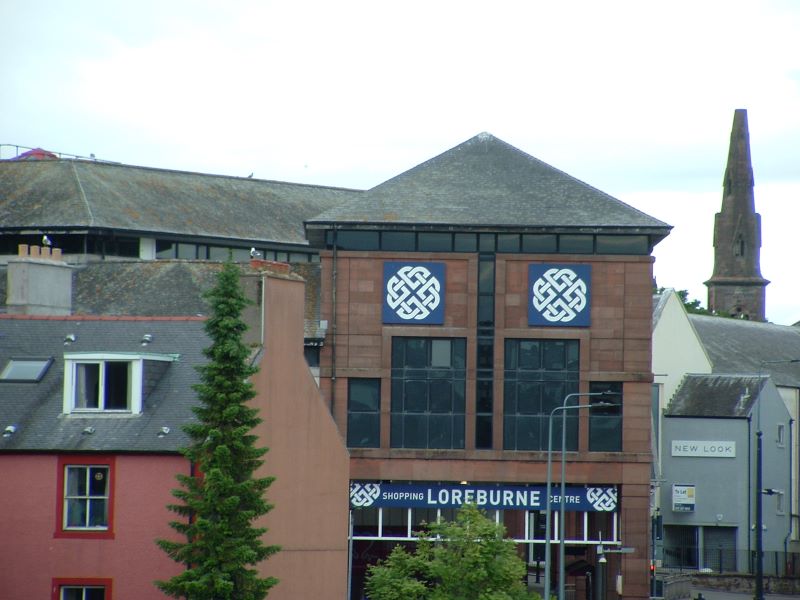
In reasonable daylight there is some barrel distortion on the wide end and pincushion at the tele end. There isn’t much in the ay of optical aberration but on default image quality setting you do get quite a bit of processing artefact with white fringing evident. I’d rate this as about average for the era.
It isn’t the sharpest compact from this year I’ve tested. It’s good at wide at close to median targets but falls off a little on long shots. Macro shots when on the ball are very good however. The tele end isn’t quite as sharp and again is better at nearer than further items. It’s average for the time but not earth shattering

When you crop in you see the over processing. This is noticable poorer than the slight optical lessening yu get on a tele end shot as show below.
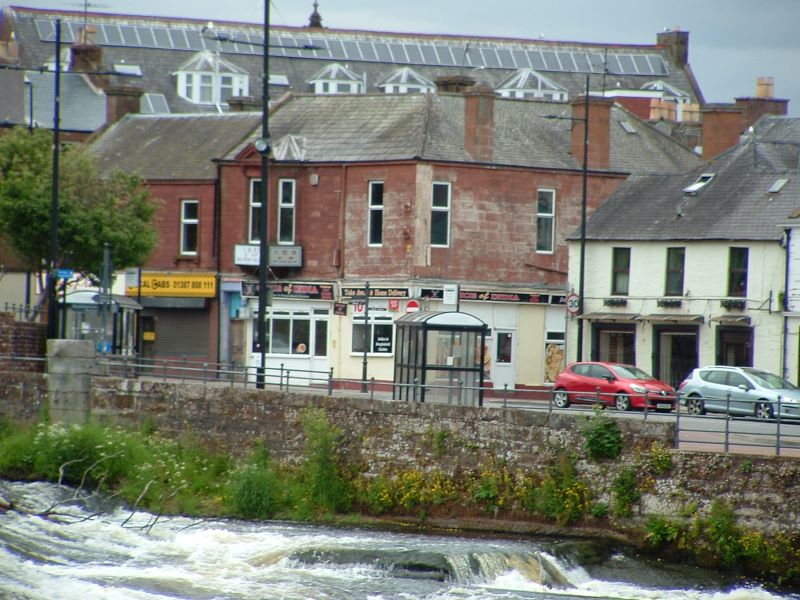
Final Thoughts on the S3000
Although there are some likeable features here, this isn’t one to pick up. That’s despite it being one of the cheapest second hand bridges you can buy. For 2003 it wasn’t awful and did offer a x6 zoom. And it is way better than the non name wish ‘bridge’ scamera.
But that isn’t hard. And There were much better alternatives from the era as we’ll see in the moment.
The limited ISO is just weird (even my much more basic Olympus C120 offered a small range) and cripples this camera. Sensor noise is prominent and focus is about average making this overall somewhat mediocre then and not great now. The lack of a even a VGA with audio video mode is another black mark. The xD card is also a bit proprietary madness you can do without.
Shame as it does have a basic but useable EVF which makes it more useful in bright light than other 2003 era compacts. But this one is best left in the past as for about the same or a lot less you can get better.
Alternatives to the S3000
The Finepix S3500 which replaced it does iron out some of these issues (although weirdly no audio on its VGA video). But it cost around the same second hand as it’s more midrange sibling the the S5600 (or S5200 in US – go figure). that a much better buy with sound on video and was an award winner. Expect to pay £20-30 though.
For less money there are better era choices
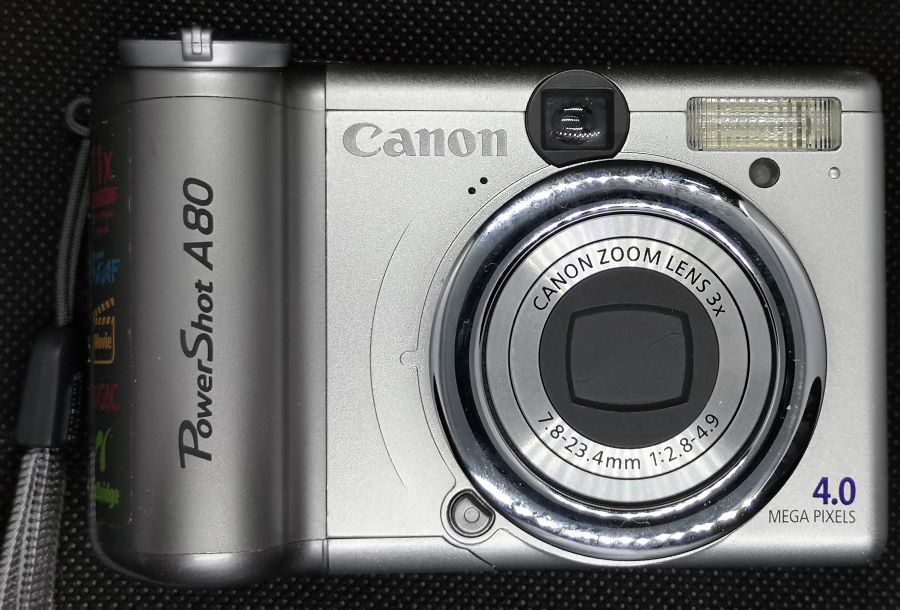
The Canon Power Shot A80 which dates from the same year is a worthy starting point. Its images are better benefitting from a much bigger 1/1.8″ CCD sensor a size you’d still happily find in mid range compacts made today. Optically it is that bit sharper and although there is some processing it’s less obvious than the Fujifilm. It has a moveable ISO (of sorts) and has a much more able manual mode as well as better mode layout. The S3000 has a longer zoom range and benefits from a workable EVF although the articulate LCD on the A80 allows you to shoot from the hip except in bright light. But the A80 is prone to sensor issues
If you are willing to wind forward a few years the Samsung L830 whilst average for 2008 shows what a difference 5 years in tech can make and with a 8.1MP sensor is a better choice. But it has its faults with a relatively slow lag for 2008 . It looks neater too and could easily pass for a 2020 model.
I pictured the camera beside the 2003 Canon EOS 300D. Although big by 2020 budget standards it is not that huge compared to the S3000. You can with luck get with a lens for around £35, which offers a whole lot more capability and quality.
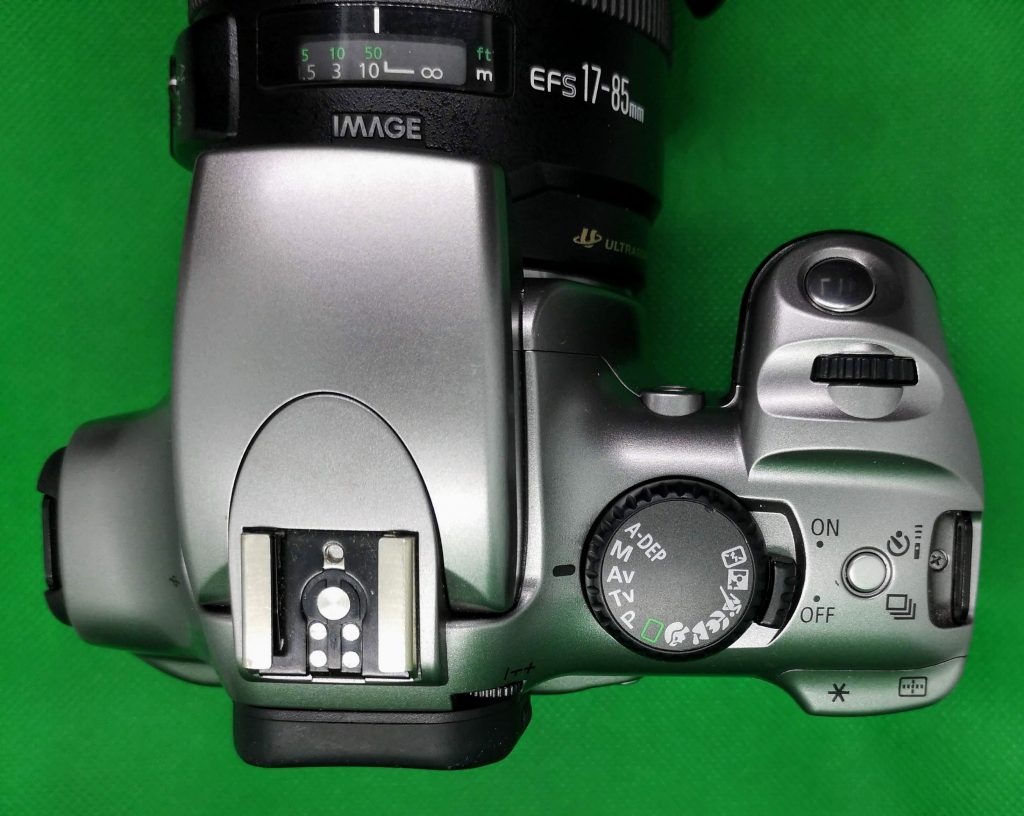
Other info on the S3000
Fujifilm Canada still have the camera manual, brochure and other support info here. Photography blog reviewed this camera in 2004 and gave it 3.5/5 which seem about right.

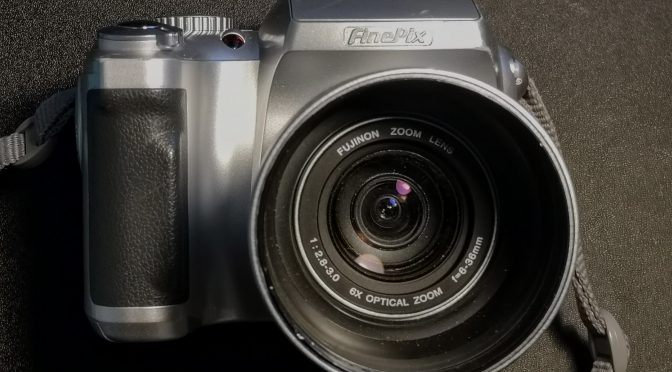




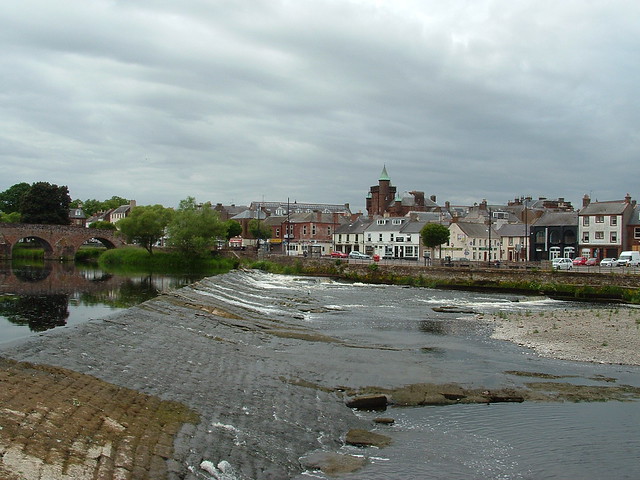
There is a great Face Book Group for digital camera collectors. Personally I go for the older compact style rather than mini SLR styles because they have a proper viewfinder. Much better in daylight than a rear screen. As for XD cards. My first digital, bought new is a Fuji 2MB model and fortunately I bought a backup XD card. However I have since bought 3 more on eBay and each has come with a Xd card. In one case 2MB and the camera with card was about the same as a card on its own!
I do like the Fuji digitals, picture quality is generally good and in reality unless youare after massive prints 4NB is more than enough.